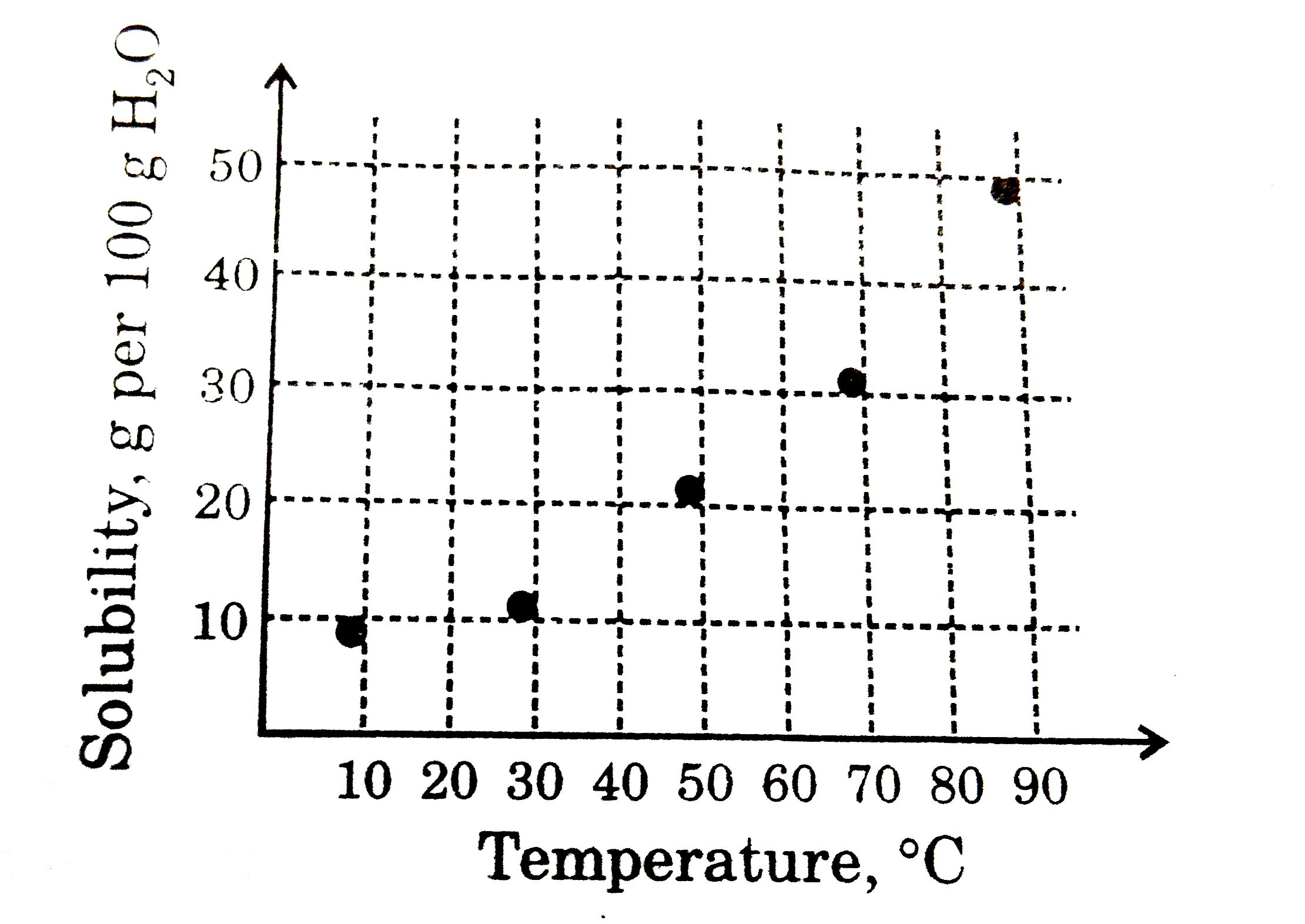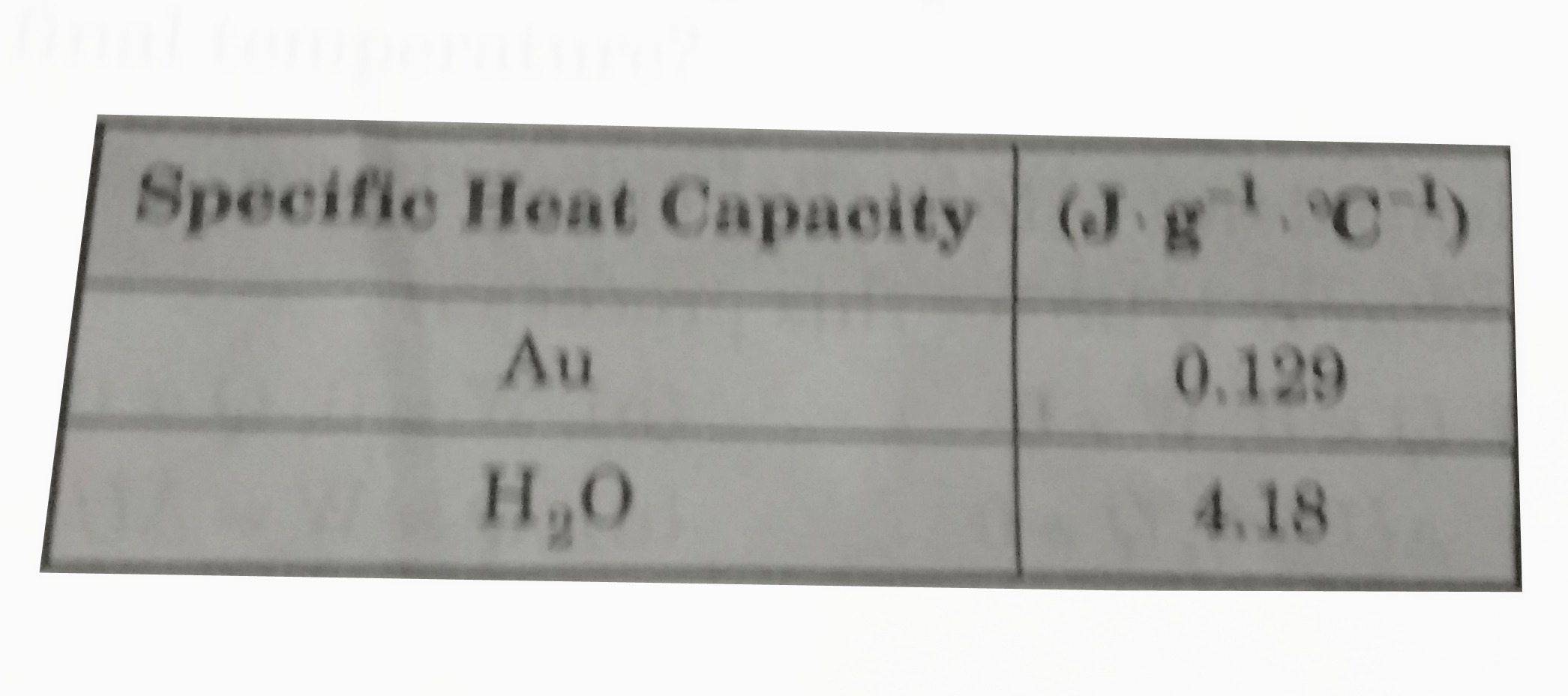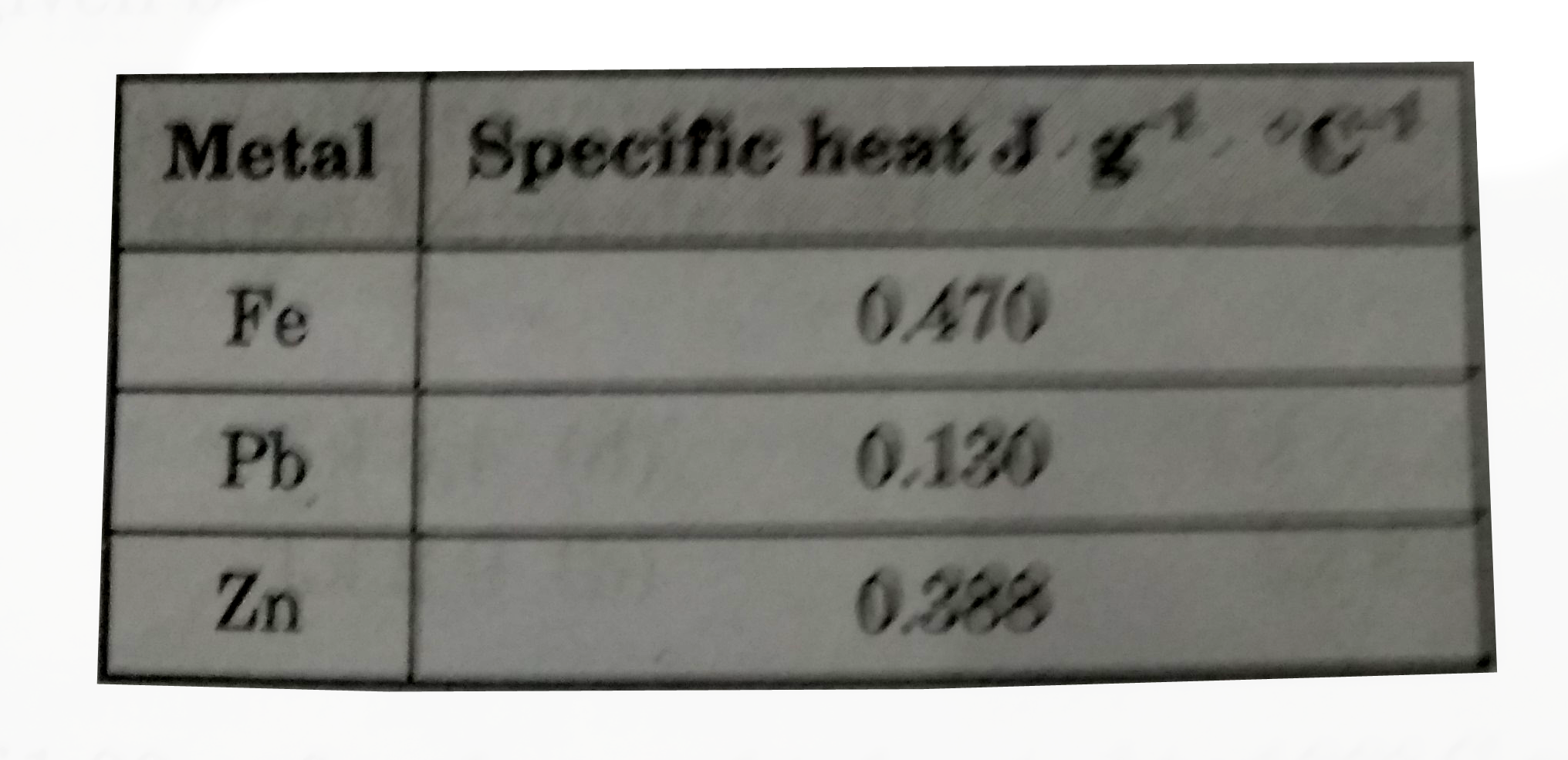The solubility of KCIO3 at several temperature is shown in the accoupanying diagram.

A student mixed 10.0g of KCIO3 with 45.0g of H2O and stires it for a long time at 60∘C until the solution is completely clear then allows it to cool slowly to 20∘C where it remains clear. which statement about the final clear mixture at 20∘C is correct ?
It is a saturated solution
It is an unsaturated solution and can be made saturated by decreasing the temperature
It is an unsaturated solution and can be made saturated by increasing the temperature
It is supersaturared solution
The correct Answer is:D
Topper's Solved these Questions
- SALT ANALYSISBOOK - GRB PUBLICATIONCHAPTER - SALT ANALYSISEXERCISE - B. Dry Tests/Colour/Solubility/Heating Effects
59 Videos
- SALT ANALYSISBOOK - GRB PUBLICATIONCHAPTER - SALT ANALYSISEXERCISE - C.Class- A Subgroup-I-Acidic Radicals
50 Videos
- S BLOCK ELEMENTSBOOK - GRB PUBLICATIONCHAPTER - S BLOCK ELEMENTSEXERCISE - SUBJECTIVE TYPE
9 Videos
- THERMODYNAMICSBOOK - GRB PUBLICATIONCHAPTER - THERMODYNAMICSEXERCISE - All Questions
704 Videos
Similar Questions
56.0 g KOH, 138.0 g K2CO3 and 100.0 g KHCO3 is dissolved in water and the solution is made 1 L. 10 " mL of " this stock solution is titrated with 2.0 M HCl. Which of the following statements is/are correct?
View Solution25.0 mL of 1.0M HCl is combined with 35.0 mL of 0.5 M NaOH. The initial temperatures of the solutions is 25∘C, the density of the solution is 1.0 g/mL, the specific heat capacity of the solution is 4.184J/g.∘C, the reaction is completed in insulated beaker, and the standard enthalpy of reaction for H+(aq)+OH−(aq)→H2O(l) is −56kJ/mol . What is the final temperature of the solution?
View Solution
Knowledge Check
The solubility of K2Cr2O7 in water is 125 g/L at 20∘ C. A solution is prepared at 20∘C that contains 6.0 grame of K2Cr2O7 in 50 mL of water. This solution is :
AdiluteBsaturatedCsupersaturatedDunsaturated56.0 g KOH, 138.0 g K2CO3 and 100.0 g KHCO3 is dissolved in water and the solution is made 1 L. 10 " mL of " this stock solution is titrated with 2.0 M HCl. Which of the following statements is/are correct?
AWhen phenolphthalein is used as an indicator from the very beginning the titre value of HCl will be 60 mLBWhen phenolphthalein is used as an indicator from the very beginning the titre value of HCl will be 40 mL.CWhen methyl orange is used as an indicator from the very beginning, the titre value of HCl will be 80 mL.DWhen methyl orange is used as an indicator after the first end point the titre value of HCl will be 30 mL.A gold ring that weighting 3.81g is heated to 84∘Cand placed in 50.0g of H2O at 22.1∘C. What is the final temperature?
 A22.2∘CB24.0∘CC26.5∘CD53.1∘C
A22.2∘CB24.0∘CC26.5∘CD53.1∘C
A 4.0 g of mixture of Na2CO3 and NaHCO3 loses 0.248 g when heated to 300∘C, the temperature at which NaHCO3 decomposes to Na2CO3,CO2 and H2O. What is the percentage of Na2CO3 in mixture?
View SolutionThe specific heat capacities of three metals are given below.

If 1.00g of each metal is heated to 100∘C and added to 10.0g of H2O at 25.0∘C, what is the order of the temperatures of the final mixtures form the lowest to the highest?
View Solution25.0 mL of 1.0M HCl is combined with 35.0 mL of 0.5 M NaOH. The initial temperatures of the solutions is 25∘C, the density of the solution is 1.0 g/mL, the specific heat capacity of the solution is 4.184J/g.∘C, the reaction is completed in insulated beaker, and the standard enthalpy of reaction for H+(aq)+OH−(aq)→H2O(l) is −56kJ/mol . What is the final temperature of the solution?
View Solution25 ml of 1.0 M HCl is combined with 35.0 ml of 0.5M NAOH. The initial teperatures of the solutions is 25∘C, the density of the solution is 1.0 g/ml, the specific heat capacity of the solution is 4,184 J/g∘C, the reaction is completed in an insulated beaker, and the standard enthalpy of reaction for H+(aq)+OH−(aq)→H2O is 56 kJ/mole. What is the final temperature of the reaction?
View SolutionConsider the two solutions:
I: 0.5MNaCl aqueous solution at 25∘C,
NaCl is complete ionized.
II:2.0MC6H5COOH in benzene at 25∘C,
C6H5COOH dimerizes to the full extent.
Which of the following statements(s) is (are) correct?
View Solution
